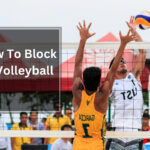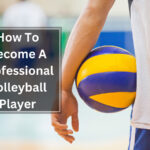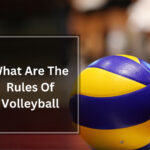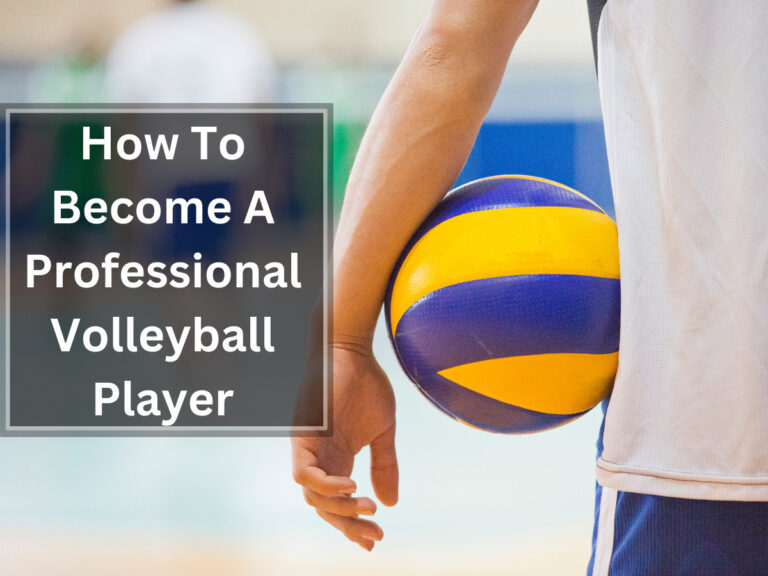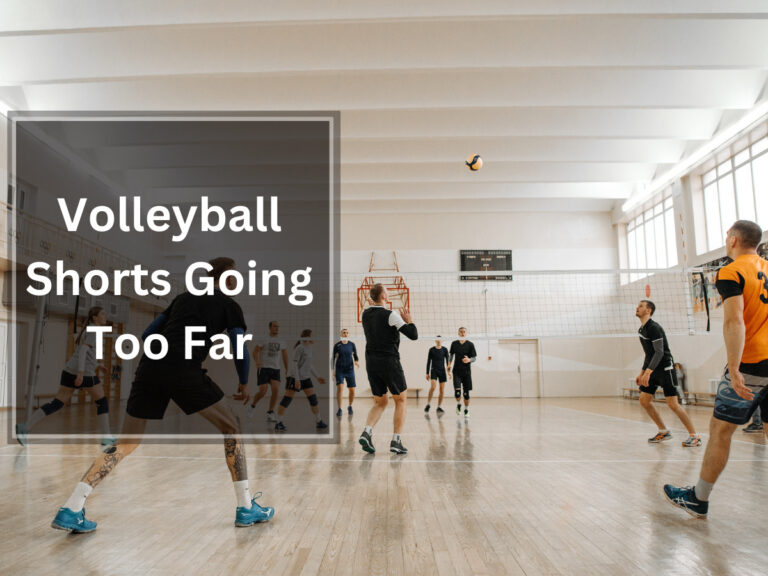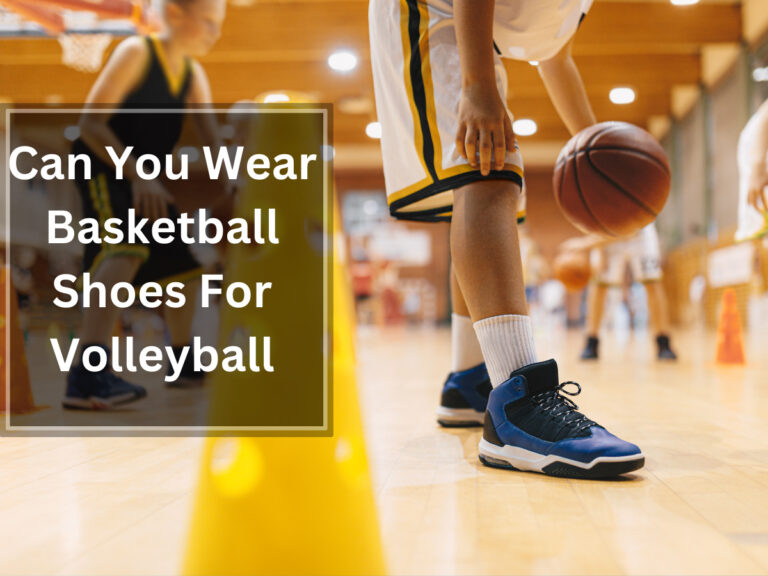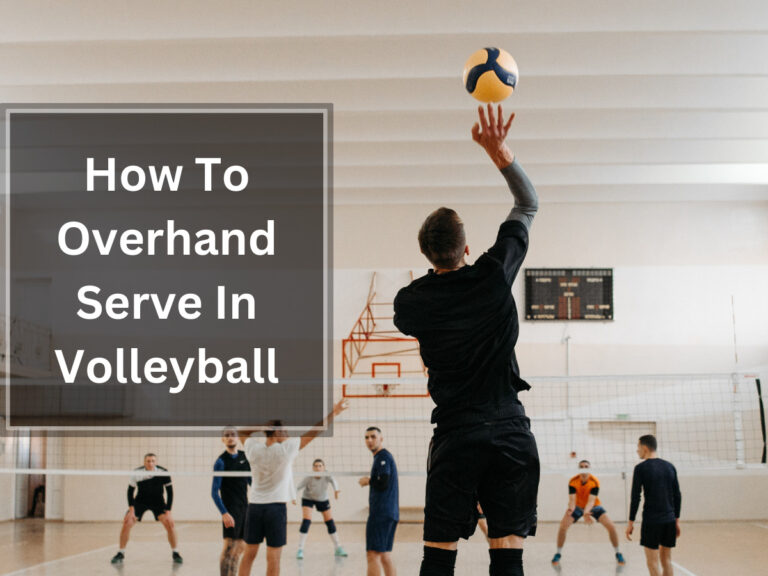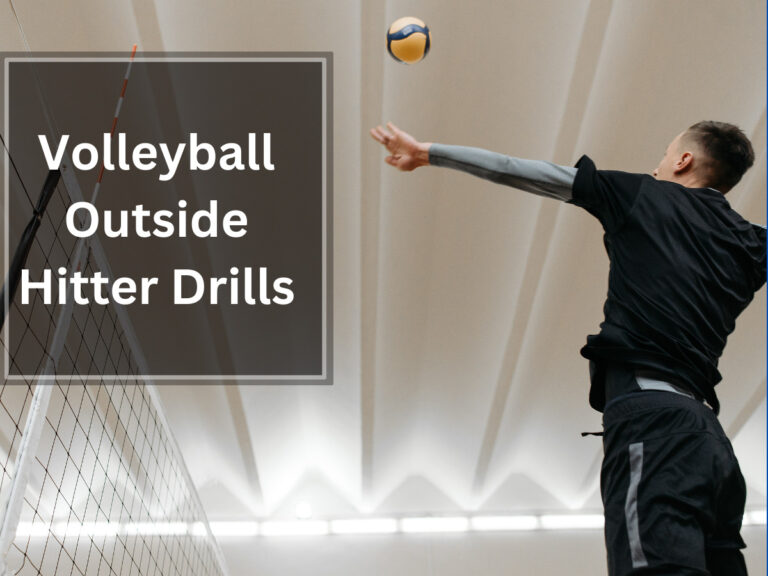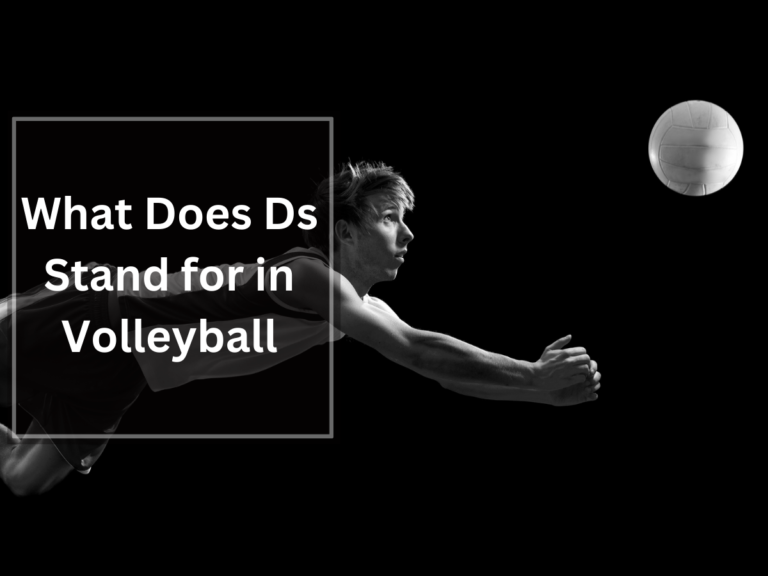How To Wear Volleyball Knee Pads – A Complete Guide
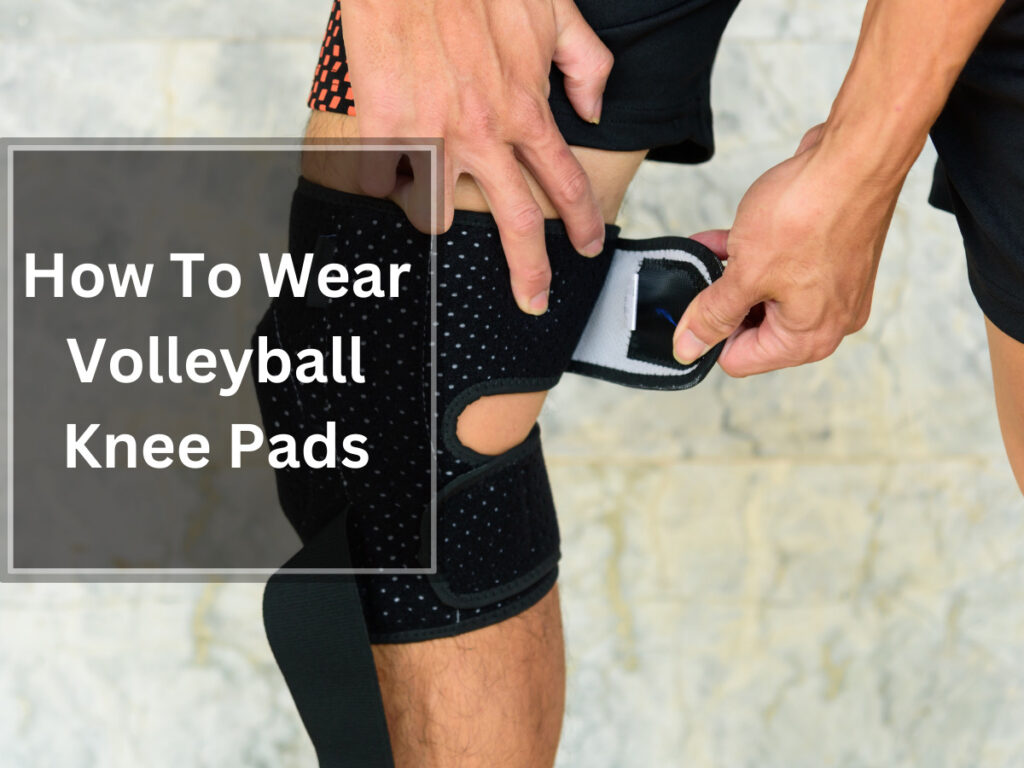
So, you want to know how to wear volleyball knee pads? Well, let me tell you, it’s not as simple as just slipping them on and calling it a day. You see, these knee pads are more than just a fashion statement – they’re essential for protecting your precious knees during intense play. Trust me, I’ve learned the hard way that knee injuries can be a real game-changer.
In this article, I’ll guide you through the ins and outs of wearing volleyball knee pads like a pro. We’ll cover everything from choosing the right size and style to properly fitting them for maximum protection. I’ll even give you some tips for adjusting and securing your knee pads so they stay in place while you dominate the court.
So, if you’re ready to take your game to the next level while keeping those knees safe and sound, let’s dive right in!
Table of Contents
Understanding the Importance of Volleyball Knee Pads
Understanding the importance of volleyball knee pads is crucial for any player. These knee pads provide essential protection for your knees during the intense impact of the game. They absorb shock and provide cushioning, reducing the risk of painful injuries such as bruises, scrapes, and burns. Moreover, they help stabilize your joints and prevent overextension or collapse of your knees during quick movements on the court.
The materials used for knee pads vary, but they are typically made of durable yet flexible materials like polyester, spandex, or neoprene. These materials offer a combination of comfort and protection, allowing you to focus on your game without worrying about discomfort or restricted movement.
While there are alternatives such as tape or long compression leggings, knee pads offer targeted protection specifically designed for volleyball players. Their design ensures maximum coverage and flexibility while minimizing interference with your performance.
In conclusion, investing in high-quality volleyball knee pads is crucial for maintaining knee health and preventing injuries that could sideline you from the game. Don’t underestimate the importance of protecting your knees and playing with confidence.
Choosing the Right Size and Style of Knee Pads
When it comes to finding the perfect fit and style for your knee protection, you’ll want to make sure you choose the right size and design. Here are some important factors to consider:
Size: Measure the circumference of your knee and use a sizing chart provided by knee pad brands to determine the appropriate size. Remember that a snug fit is important for optimal protection.
Materials: Look for knee pads made from durable materials such as neoprene or polyester. These materials provide both comfort and durability during intense volleyball matches.
Design: Consider different designs, such as sleeve-style or strap-on knee pads, depending on your personal preference. Some brands offer additional features like moisture-wicking fabric or extra padding in high impact areas.
When selecting knee pads, keep in mind that there are alternatives available, such as compression sleeves or foam padding inserts for existing volleyball shorts. Experiment with different options until you find what works best for you.
Properly Fitting Your Knee Pads for Maximum Protection
To ensure maximum protection, it is crucial that you properly fit your knee pads. This can be done by measuring the circumference of your knees and selecting the appropriate size according to the provided chart.
This step is essential in preventing common knee pad mistakes and ensuring that your knee pads stay in place during gameplay.
While there may be a debate on knee pad placement, wearing them slightly below the knees is recommended. This helps protect the bony part of the shin bone, where most contact with the court occurs. However, it’s important to note that personal choice plays a role in deciding where to wear knee pads.
If you find that traditional knee pads are not comfortable or do not provide sufficient protection, there are alternative knee protection options available. These include volleyball-specific leggings or padded sleeves for added support and cushioning.
Ultimately, finding the right fit and style of knee pads is key to keeping your knees protected while playing volleyball.
Tips for Adjusting and Securing Your Knee Pads
Make sure you get a grip on your knee protection by adjusting and securing them properly, like a master craftsman fine-tuning their masterpiece. Properly adjusting and securing your knee pads is essential in preventing knee injuries and maximizing the benefits of customization.
There are different types of knee pad materials available, each with its own advantages. Some common materials include neoprene, foam, and gel. Neoprene provides good compression and flexibility, foam offers excellent shock absorption, while gel provides additional cushioning.
By customizing the fit of your knee pads, you can ensure that they stay in place during intense gameplay without restricting your movement. Adjusting the straps to achieve a snug but comfortable fit is crucial for optimal protection. Take the time to experiment with different adjustments until you find the perfect fit that allows you to move freely while keeping your knees well-protected on the court.
Maintaining and Cleaning Your Knee Pads
Keeping your knee protection in top shape is crucial for maintaining their effectiveness and extending their lifespan. Here are some tips to help you maintain and clean your knee pads:
Invest in the best knee pad brands: Look for reputable brands that prioritize quality and durability. This ensures that your knee pads will withstand the rigors of volleyball gameplay.
Consider DIY knee pad customization: If you want to add a personal touch to your knee pads, consider customizing them yourself. You can sew on patches or embroider your initials to make them unique.
Explore the benefits of knee pads for other sports: Knee pads aren’t just for volleyball. They can provide protection and support in a variety of sports like basketball, rollerblading, or skateboarding. Discover how knee pads can enhance your performance and minimize the risk of injuries in other activities.
Regularly clean and maintain your knee pads: Follow the manufacturer’s instructions for cleaning your knee pads. Remove any foam inserts before washing, use mild detergent, and air dry them thoroughly to prevent odor buildup.
By following these tips, you’ll ensure that your knee pads remain effective, comfortable, and ready to protect you during every game or practice session.
Ensuring Comfort and Range of Motion with Knee Pads
Experience the freedom of fluid movements on the volleyball court, ensuring maximum comfort and unrestricted range of motion. Volleyball knee pads offer numerous benefits that enhance your playing experience.
There are different types of knee pads available, including hard shell and soft shell options. Hard shell knee pads provide more protection but can be heavier, while soft shell knee pads are easier to put on and remove.
There are also common misconceptions about wearing knee pads in volleyball. Some believe that knee pads should be worn high on the knees, but this can expose the shin bone to injuries. It is important to position the knee pads slightly below the knees to protect the bony part of the upper shin. This placement allows for easier movement and walking without interfering with knee flexion.
By wearing properly fitted volleyball knee pads in the correct position, you can enjoy a comfortable and unrestricted range of motion while protecting yourself from injuries on the court.
Techniques for Properly Falling and Landing with Knee Pads
To properly fall and land with knee pads, there are a few techniques you should keep in mind. First, when falling, try to distribute your weight evenly across your body. This means avoiding landing on just one knee, as this can put excessive pressure on that knee and increase the risk of injury. Instead, aim to land with both knees at the same time, spreading the impact across both joints.
Second, practice bending your knees as you land. This helps to absorb the shock of the landing and reduces the strain on your knees. Keep your knees slightly bent throughout the landing process to maintain stability and control.
Third, try to land softly and quietly. This means focusing on landing with control and minimizing any sudden or jarring movements. Aim for a smooth and controlled descent, using your leg muscles to absorb the impact and maintain balance.
Finally, remember to always wear properly fitting knee pads. Ill-fitting knee pads can restrict movement and hinder your ability to properly land and fall. Make sure your knee pads are snug but not too tight, allowing for a full range of motion while still providing adequate protection.
By following these techniques, you can ensure that you are properly falling and landing with knee pads, reducing the risk of knee injuries and protecting your lower limbs.
Frequently Asked Questions
Can I wear knee pads over my volleyball shorts?
Yes, you can wear knee pads over your volleyball shorts. It’s a popular styling option that allows for easy removal and gives you the flexibility to switch between different knee pad styles.
Do knee pads provide any additional benefits besides protection?
Yes, knee pads provide additional benefits besides protection. They help in reducing impact, improving stability, and minimizing discomfort during volleyball games. They play a crucial role in ensuring the safety and well-being of players on the court.
Can I wear knee pads for other sports or activities besides volleyball?
Sure, you can definitely wear knee pads for other sports or activities besides volleyball. Basketball knee pads provide protection during intense games, skateboarding knee pads prevent injuries while performing tricks, and gymnastics knee pads cushion landings during routines.
How often should I replace my volleyball knee pads?
I replace my volleyball knee pads every 6-12 months, depending on the signs of wear and tear. It’s important to check for any fraying, holes, or reduced padding. Some popular brands for knee pads include Mizuno, Nike, and ASICS.
Can I wear knee pads if I have a knee injury or condition?
Sure! If you have a knee injury or condition, wearing knee pads can provide some extra support and protection. However, it’s important to consult with your healthcare professional for specific recommendations and alternatives that suit your needs.


